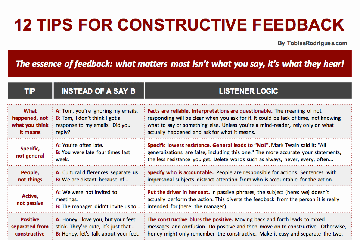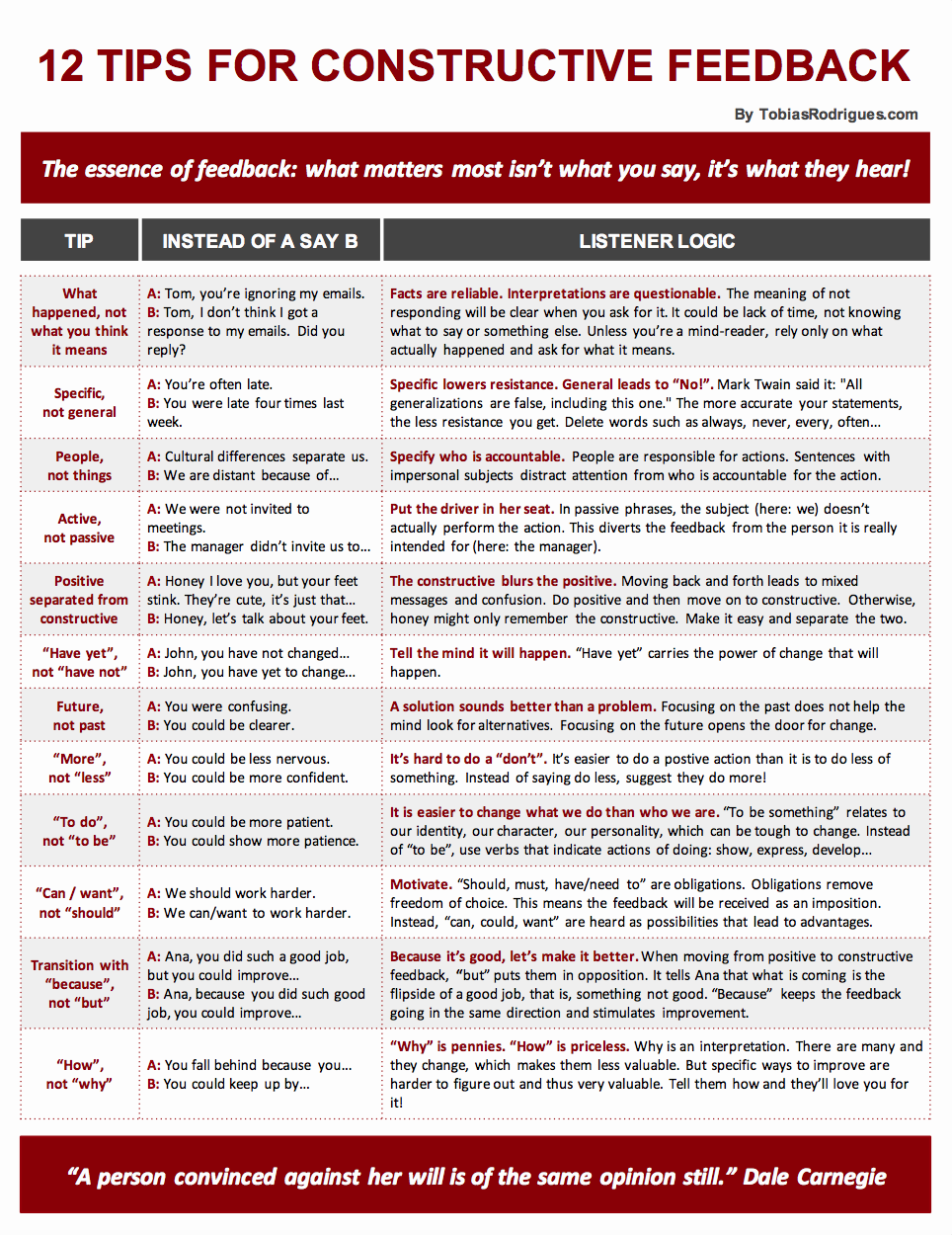Category: Goodies
Six Rookie Mistakes When Leading Remote Teams


—
When there’s a sea storm, captains are called upon to reassure their crew, so that together they keep the ship safe enough to move in the right direction.
The Coronavirus storm has forced teams — without warning and without delay — to work from home in improvised office spaces, fighting to focus on work while juggling several other responsibilities and concerns at the same time.
If remote working poses a challenge in and of itself, all the more so in crisis conditions, where uncertainty and confusion make the load all the heavier.
Since 2011, I’ve been helping organizations — in good and bad times — build teams, many of which with some or all their members working remotely, often in different time zones.
Here are six mistakes you want to avoid (and six recommendations) when leading teams remotely, especially in crisis conditions.
—
Mistake #1: Believe it is (almost) business as usual
—
A new paradigm is emerging, as tends to happen in crisis. And with it, new challenges are thrown at your team. It would be a mistake not to stop and fully appreciate the nature of the challenges you and your team are now facing.
It’s a mistake to think this is only about keeping things going a bit longer before it’s over. It’s a new problem. Face it with your team.
—
RECOMMENDATION: Do a diagnosis
Imagine you are Dr. House. If the challenge you now face is an illness, what would you call it?
—
Mistake #2: To execute without a roadmap
—
In a crisis it is easy for teams to get disoriented, especially if they are forced in a rush to work remotely. You might have a sense of what comes next, but the team most likely has no f**king idea.
It is a mistake to ask teams to continue moving forward without a new road map that shows this is where we are, this is where we are going, and most importantly, this is why we’re going. I wonder what Nietzsche was thinking when he said: “He who has a why to live for can bear almost any how.” 😉
—
RECOMMENDATION: Give them context and relevance
Explain to the team how their work fits in the larger picture, and why their contribution really matters.
—
Mistake #3: Fail to clarify new expectations
—
New problems require new behaviours. It it especially important that we define deliverables and ownership so that everyone knows who does what and who is responsible for making sure it gets done.
—
RECOMMENDATION: Tell them what they CAN’T screw up
New problems require exploration, which can lead to failure. It is crucial you specify what bits you expect the team to do absolutely right, the bits where failure is not an option.
—
Mistake #4: Make it a one-way road
—
If feedback is important, now it is more than ever. It’s a rookie’s mistake to fail to create NEW channels for feedback. Unless you ask, you will not know the struggles and suggestions your team has.
—
RECOMMENDATION: Tell them it’s NOT ok to stay stuck and silent
Send out questions before meetings, and ask everyone to come prepared to share.
—
Mistake #5: Neglect positive feedback
—
Humans need feedback to grow, which makes giving feedback the gift of growth: constructive feedback gives us the path for growth, and positive feedback gives us the energy to grow.
In times of crisis, teams need tons of positive feedback — the energy — to get through challenges. Forgetting to give positive feedback is a silly mistake.
—
RECOMMENDATION: Double down on positive feedback
Give twice as much positive feedback and show twice as much appreciation. Start with positive feedback. End with positive feedback. Transition with positive feedback. And ask the whole team to give… POSITIVE FEEDBACK.
—
Mistake #6: Undervalue repetition
—
The Romans believed that “repetitio est mater studiorum”, that repetition is the mother of learning. When working remotely, technical issues can make getting information across difficult.
Moreover, when remote work is being improvised moment by moment and under great uncertainty, tension is generated, which makes getting information across even more difficult.
Hence the need to repeat, repeat, repeat.
—
RECOMMENDATION: Sound like a broken record
Say it at the beginning. Repeat in the middle. Ask them to say it. And say again at the end.
Coping with Coronavirus: A Tale from Greek Mythology

In this tough time, it is natural to experience unpleasant moments.
This tale helps us appreciate that these moments can also play a meaningful role. If only…
Protect your Wellbeing from the Coronavirus

—
Disclaimer: I am NOT a medical doctor and this is NOT medical advice.
This post is about specific activities we can do to help us cope with the fear, uncertainty and undesired consequences of this crisis, especially for those of us confined to our homes.
I am sharing a one-pager with activities we can practice in different areas of our lives. Regular practice will prove to keep us in the best possible condition to cope with this crisis.
—
I designed this for you to download
and use as a checklist or cheatsheet
to keep us in check during this time.
—
You will notice I use the term “emotional fitness”. Just like physical fitness is the condition that allows us to perform physical activities, such as sports, emotional fitness is the condition that allows us to use our emotional intelligence so as to live fully.
I feel most of this is easier understood than done, but I’d love to know your thoughts and questions.
Stay safe.
Feedback Part III: How to Suggest Improvements

Humans need feedback to grow, which make giving feedback the gift of growth. While positive feedback gives us the energy to grow, constructive feedback — when done well — shows us the path for growth, that is, what we can improve and how.
This series focusses on how we can make our constructive feedback more effective.
In the final part of the series, I share three techniques to suggest improvements when we give constructive criticism.
What techniques do you use to suggest improvements?
—
Feedback Part II: How to Encourage the Listener

Humans need feedback to grow, which make giving feedback the gift of growth. While positive feedback gives us the energy to grow, constructive feedback — when done well — shows us the path for growth, that is, what we can improve and how.
This series focusses on how we can make our constructive feedback more effective.
In part II, I share three ways to encourage the listener when we give constructive criticism.
What techniques do you use to encourage your listener?
—
12 Tips For Constructive Feedback

Whether a direct report, a manager, a colleague, a friend or a partner, giving constructive feedback is a crucial element of our relationships.
.
How you give feedback
determines how it is received.
I moderate constructive feedback sessions for teams and their leaders, and some patterns prove to be more effective than others. Here’s a set of keys that unlock the doors for constructive feedback to be well received.
Download and discuss them with those you give feedback to.
What matters most
isn’t what you say, it’s what they hear.
So by all means, I’d love to hear your constructive feedback.


